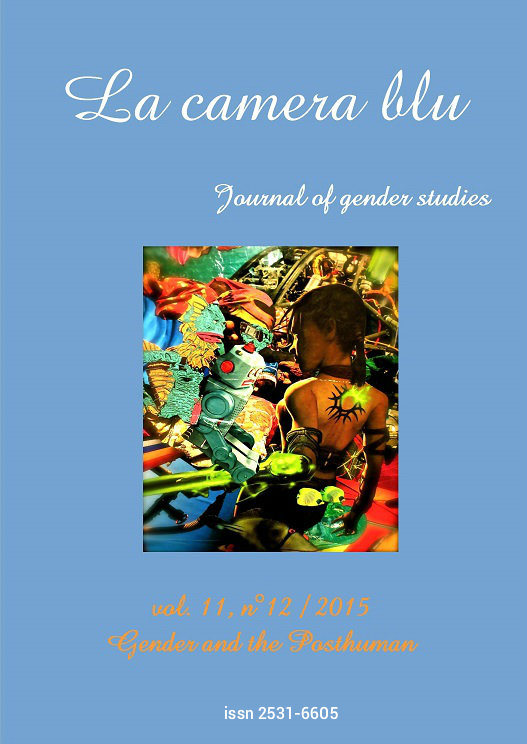Beyond the Womb? Posthuman Parturitions in Joanna Kavenna’s «The Birth of Love»
Parole chiave:
maternità, corpogravido, nascita, ectogenesi, distopia
Abstract
Questo saggio riflette su alcuni temi connessi alla maternità e alle possibili ripercussioni sulle donne e sulla società della introduzione dell’ectogenesi, gestazione al di fuori dell’utero. Alcuni di questi nuovi scenari sono oggetto diThe Birth of Love di JoannaKavenna (2010), un romanzo che presenta una visione di futuro distopico in cui vengono usati uteri artificiali e le donne non restano più gravide. Una società in cui uteri artificiali hanno rimpiazzato la gravidanza e il parto sarà fondamentalmente diversa dalla nostra? La gravidanza diverrà una cosa del passato? L’ectogenesi cambierà irreversibilmente la natura umana? E’ significativo che nella fiction utopica e distopica così come nel cinema colpisca l’assenza delle donne in quanto madri, con donne che non svolgono un ruolo riproduttivo e uteri artificiali che sostituiscono quelli materni mentre nella maggior parte dei film di fantascienza la gravidanza è sostanzialmente scomparsa. In mondi in cui ovuli o tessuti ovarici possono essere creati in laboratorio e le gravidanze svolgersi completamente al di fuori degli uteri materni, le donne possono diventare superflue. Questo immaginario ectogenetico è fortemente criticato nel romanzo di Kavenna. Le potenziali conseguenze di questi nuovi scenari riproduttivi sulle donne e sul futuro della famiglia vengono esaminati alla luce della produzione filosofica e psicoanalitica sulle dinamiche di un differente modo di nascere, nonché di alcuni aspetti biomedici ed etici della maternità e dell’ectogenesi.Downloads
Download data is not yet available.
Pubblicato
2015-10-06
Come citare
FerreiraA. (2015). Beyond the Womb? Posthuman Parturitions in Joanna Kavenna’s «The Birth of Love». La Camera Blu. Rivista Di Studi Di Genere, 11(12). https://doi.org/10.6092/1827-9198/3665
Fascicolo
Sezione
Il Tema
Copyright (c) 2015 La camera blu. Rivista di studi di genere

This work is licensed under a Creative Commons Attribution 4.0 International License.

Questa opera è distribuita con licenza Creative Commons Attribuzione - Non opere derivate 4.0 Unported.

